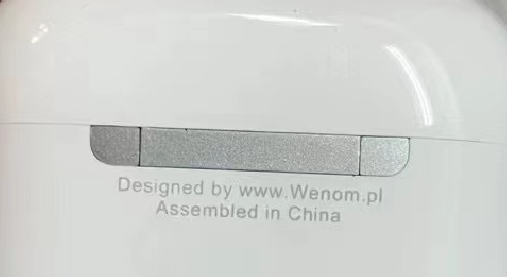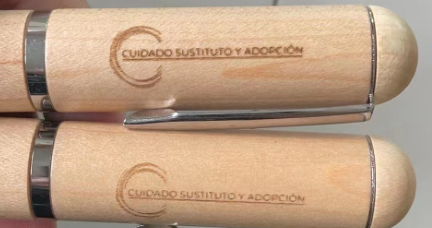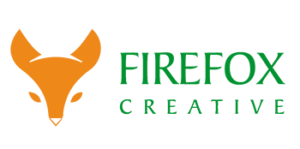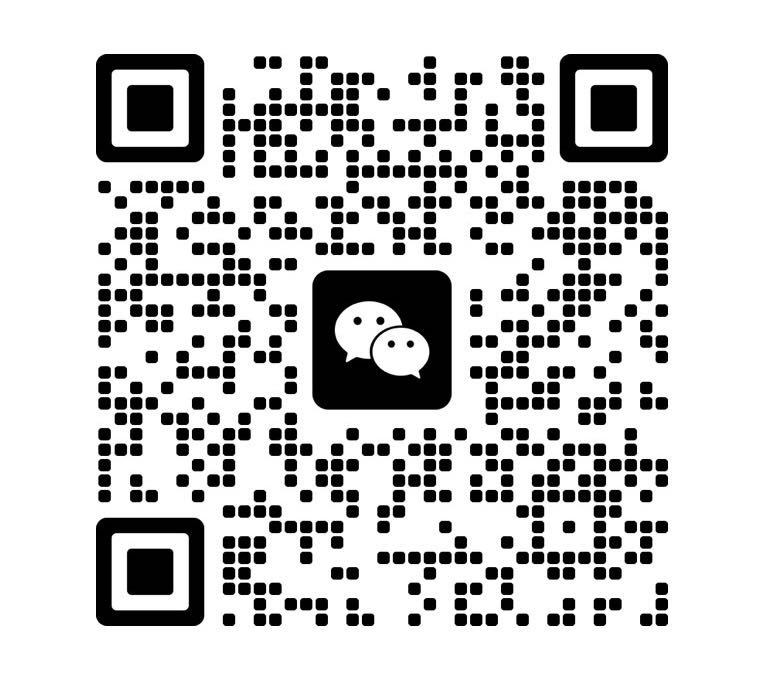Printing Methods

1 Silk-screen Printing
Screen printing or silk screening is a printing technique particularly suited for flat or relatively flat surfaces. The heart of the process involves a fine mesh or screen that is tightly stretched around a rigid frame. The areas that are not to be printed are masked out on the screen, and to create the print, the framed screen is positioned over the item to be printed, along with a dollop of thick ink. A squeegee is then used to press the ink through the screen.

2 Pad Printing
Pad printing is an indirect offset printing process in which a soft silicone pad is used to transfer a two-dimensional image to the surface of a three-dimensional object. This unique printing method allows detailed images to be added to delicate, mechanically sensitive, or irregularly shaped products that would otherwise be difficult or impossible to print. With its versatility, reliability, and low cost, pad printing is a suitable printing option for everything from decorative consumer goods and electronics to precision medical devices and automotive parts.

3 Laser
A type of printer that utilizes a laser beam to produce an image on a drum. The light of the laser alters the electrical charge on the drum wherever it hits. The drum is then rolled through a reservoir of toner, which is picked up by the charged portions of the drum. Finally, the toner is transferred to the paper through a combination of heat and pressure. This is also the way copy machines work.

4 Full-color Printing
Full color printing is the process of printing photographs or other documents in the full spectrum of color. It has come a long way as technology continues to advance. In fact, the methods used today are so refined that it is possible to make copies that look just like the original photos.



